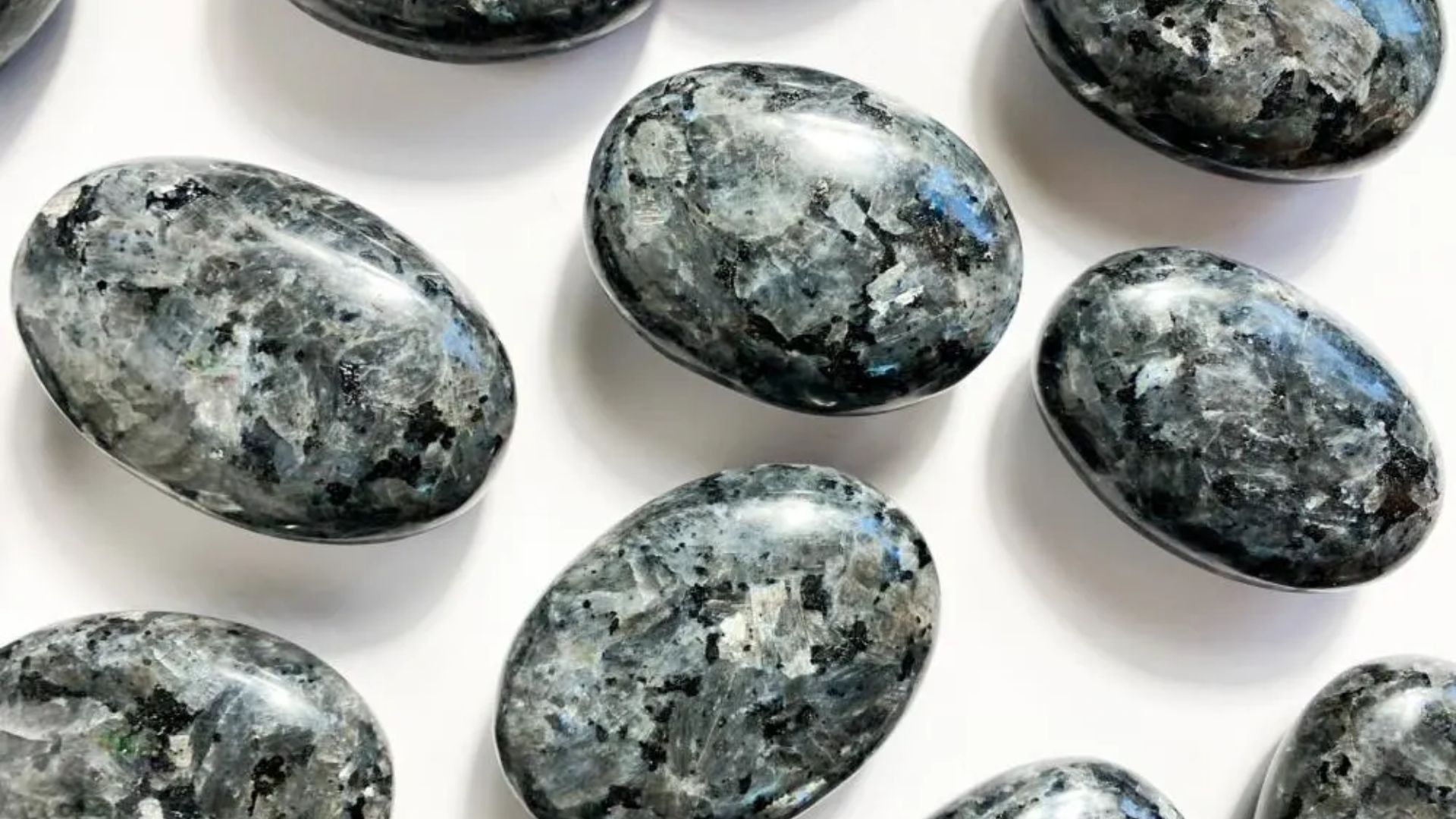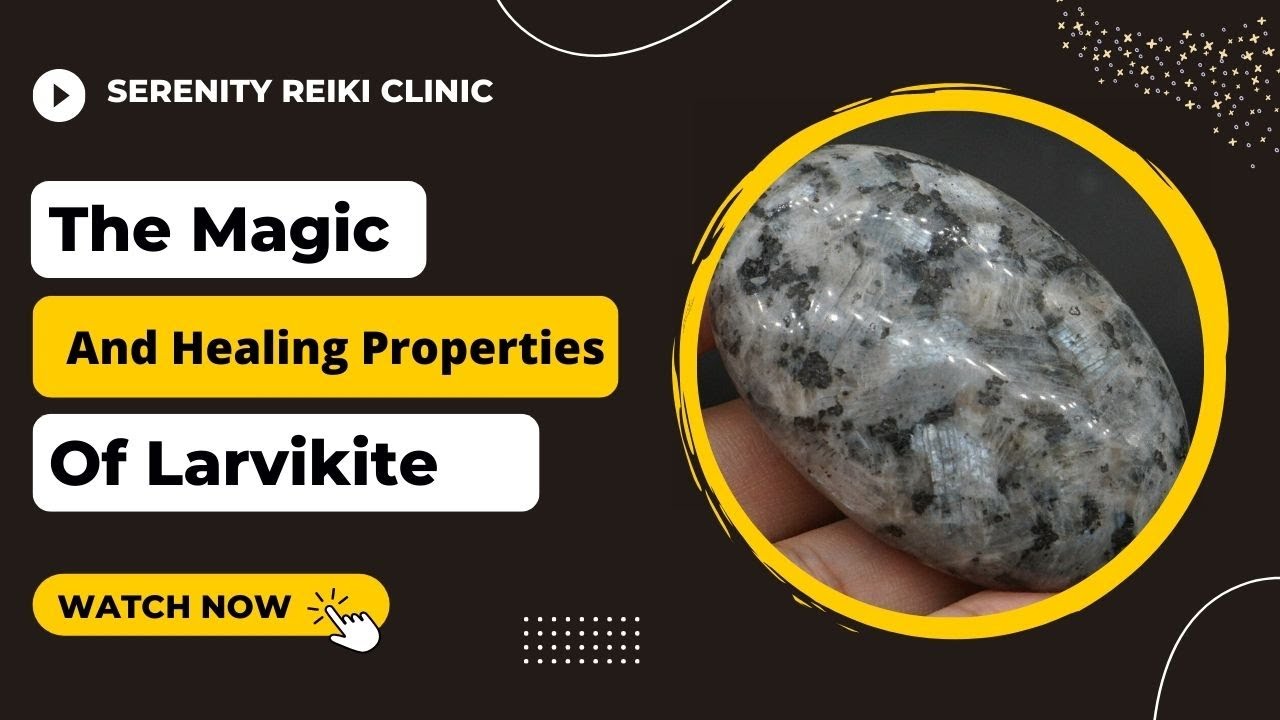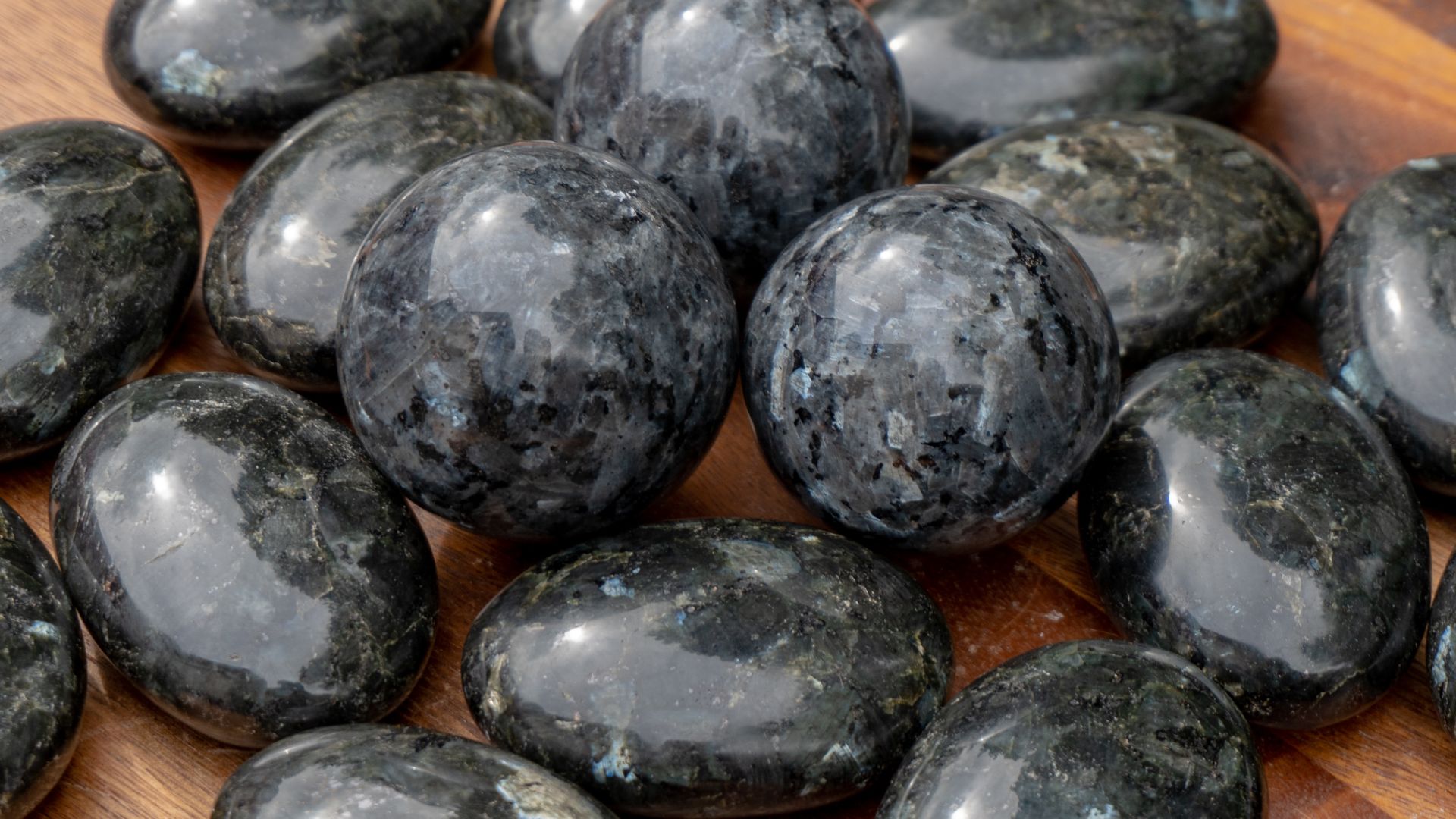How Do Larvikite Properties Contribute To Its Distinctive Appearance?
Larvikite is a unique type of igneous rock that is found in Norway. It is composed of feldspar, nepheline, and some other minerals that give it its unique appearance and properties. Larvikite properties make it a popular choice in various applications, including architecture and construction.
Author:Evelyn AdamsReviewer:Calvin PenwellJan 04, 20244.6K Shares94.4K Views

Larvikite is a unique type of igneous rock that is found in Norway. It is composed of feldspar, nepheline, and some other minerals that give it its unique appearance and properties. Larvikite propertiesmake it a popular choice in various applications, including architecture and construction.
Its durability and resistance to weathering make it a reliable and long-lasting building material. The shimmering tones in Larvikite are due to the presence of labradorite crystals, which create a unique optical effect called labradorescence.
What Is Larvikite?
Larvikite is a type of monzonite that is primarily composed of feldspar minerals, such as oligoclase and labradorite. It also contains other minerals, such as nepheline, aegirine-augite, and magnetite. It is found in the Larvik Plutonic Complex in Norway, where it is one of the dominant rock types.
Where Is Larvikite Found?
Larvikite is primarily found in Norway, specifically in the Larvik area, which is situated in the Vestfold region of the country.
The region has been renowned for its unique stones and quarries since the Viking era, with the stone being used in various architectural and decorative applications throughout history. Today, the quarries in the Larvik area are the primary source of larvikite, with the largest quarry being located in Tvedalen.
Larvikite Properties
Larvikite has several unique properties that make it an excellent material for various applications. Some of its notable properties include:
Appearance
Larvikite has a distinctive appearance that sets it apart from other types of rocks. It has a dark base color, ranging from blue-gray to black, and is speckled with shimmering crystals of feldspar and other minerals. This unique appearance makes it a popular choice for decorative purposes, such as countertops, flooring, and wall cladding.
Durability
Larvikite is a highly durable rock that can withstand harsh weather conditions and extreme temperatures. It has a high compressive strength, making it an ideal material for construction projects that require strong and resilient materials. It is also resistant to chemical weathering and erosion, making it a long-lasting material for outdoor applications.
Electrical Properties
Larvikite has unique electrical properties that make it a useful material for electronics and electrical applications. It is a piezoelectric material, meaning it can generate an electrical charge when subjected to mechanical stress, such as pressure or vibration. It is also pyroelectric, which means it can generate an electrical charge when subjected to changes in temperature.
Healing Properties
Larvikite is believed to have healing properties and is used in crystal healing practices. It is said to promote clarity of thought, improve intuition, and reduce stress and anxiety. It is also believed to help with digestion and aid in the treatment of skin conditions.
Uses Of Larvikite
Larvikite has a wide range of uses, thanks to its unique properties. Some of its common applications include:
Building And Construction
Larvikite is a popular material for building and construction projects due to its durability and strength. It is commonly used as a decorative stone for countertops, flooring, and wall cladding. It is also used as a raw material for monuments, statues, and other outdoor structures.
Electronics And Electrical Applications
Larvikite's piezoelectric and pyroelectric properties make it a useful material for electronics and electrical applications.
It is used in the production of transducers, which are devices that convert energy from one form to another. It is also used in the manufacturing of high-voltage insulators and other electrical components.
Jewelry And Decorative Objects
Larvikite's unique appearance makes it a popular material for jewelry and decorative objects. It is often cut and polished to create gemstones, which are used in a variety of jewelry designs.
It is also used in the production of decorative objects, such as vases, sculptures, and candle holders.
Crystal Healing
Larvikite is believed to have healing properties and is used in crystal healing practices. It is said to promote clarity of thought, improve intuition, and reduce stress and anxiety.
It is also believed to help with digestion and aid in the treatment of skin conditions. Some practitioners believe that Larvikite can help balance the energies of the body and improve overall well-being.
Landscaping
Larvikite is also commonly used in landscaping projects. It is a popular choice for outdoor features such as waterfalls, ponds, and fountains. Its unique appearance and durability make it an ideal material for creating natural-looking and long-lasting landscape features.
Other Uses
Larvikite has several other applications, such as:
- Abrasives- Larvikite can be crushed and used as an abrasive material in sandpaper and grinding wheels.
- Road construction- Crushed Larvikite can be used as an aggregate in road construction.
- Ballast - Larvikite can be used as a ballast material in the construction of railways and roads.
The Chemical Composition Of Larvikite
Larvikite is a type of igneous rock that belongs to the feldspar family. It is composed primarily of feldspar, which makes up over 90% of the rock's total composition. The most common types of feldspar found in Larvikite are oligoclase and labradorite. Other minerals present in Larvikite include quartz, biotite, hornblende, and magnetite.
Larvikite's unique composition gives it several properties that make it ideal for various applications. For instance, its high feldspar content makes it a good insulator and electrical conductor, which makes it useful in electronics and electrical applications.
Its high silica content makes it resistant to wear and tear, making it a popular choice for flooring, countertops, and other high-traffic surfaces.
Sustainable Mining Practices For Larvikite
As with any natural resource, the mining of Larvikite can have environmental and social impacts.
However, there are ways to mine Larvikite sustainably to minimize these impacts. One approach is to use modern mining techniques that are designed to reduce the impact of mining on the environment. For instance, instead of blasting the rock with explosives, miners can use more precise cutting and drilling methods to extract the rock.
Another approach to sustainable mining is to work with local communities to ensure that mining activities benefit both the community and the environment. This can involve hiring local workers, supporting local businesses, and using mining revenue to fund conservation and environmental protection initiatives.

🌟 The Magic and Healing Properties of Larvikite
The Cutting And Polishing Process For Larvikite
The cutting and polishing process for Larvikite involves several steps. First, the raw rock is cut into rough slabs using diamond-tipped saws. These slabs are then ground to a specific thickness using diamond abrasives. The slabs are then shaped and polished using a series of progressively finer abrasives until they reach the desired finish.
One of the challenges of cutting and polishing Larvikite is its high feldspar content, which can make the rock prone to chipping and breaking. To address this, some manufacturers use a resin-based backing to reinforce the stone during the cutting and polishing process.
Unique Applications Of Larvikite In Architecture
Larvikite's unique appearance and properties make it a popular choice for architects and designers looking for a distinctive building material. Its dark gray color, speckled with shimmering silver and blue tones, gives it a distinctive look that can add visual interest to a building's façade or interior.
Larvikite's durability and resistance to wear make it ideal for high-traffic areas such as flooring, countertops, and staircases. Its electrical properties also make it useful in electrical applications, such as switch plates and electrical sockets.
How To Identify Larvikite?
Larvikite can be identified by several physical characteristics. First, it has a dark gray color with speckled or iridescent tones of blue or silver. It also has a fine-grained texture and can have visible crystals of feldspar or quartz. Larvikite is also hard and durable, with a Mohs hardness rating of 6-7, which means it is resistant to scratches and wear.
To confirm that a rock is Larvikite, it can be tested for its chemical composition. This involves analyzing the rock's mineral content using a combination of visual observation and laboratory testing. By examining the rock's mineral content, geologists can determine whether it is Larvikite or a similar type of rock such as labradorite or gabbro.
People Also Ask
Can Larvikite Be Used In Outdoor Applications?
Yes, Larvikite is resistant to weathering and can be used in outdoor applications such as building facades and landscaping.
Is Larvikite Expensive?
The cost of Larvikite can vary depending on factors such as quality, availability, and location, but it is generally considered a higher-end building material.
What Is The Significance Of The Shimmering Tones In Larvikite?
The shimmering tones in Larvikite come from the presence of labradorite crystals, which have a unique optical effect called labradorescence.
Can Larvikite Be Used In Jewelry?
Yes, Larvikite is sometimes used in jewelry as a semi-precious stone.
What Is The Difference Between Larvikite And Labradorite?
While both stones are members of the feldspar family and share similar properties, Larvikite is a specific type of igneous rock found in Norway, while Labradorite can be found in various locations around the world.
Conclusion
Larvikite is a unique and versatile rock that has several properties that make it useful for various applications. Its distinctive appearance, durability, and electrical properties make it a popular choice for building and construction, electronics and electrical applications, jewelry and decorative objects, crystal healing, landscaping, and more.
As we continue to discover new applications and benefits of this rock, it is clear that Larvikite properties will continue to make it a sought-after material for years to come.
Jump to
What Is Larvikite?
Where Is Larvikite Found?
Larvikite Properties
Uses Of Larvikite
The Chemical Composition Of Larvikite
Sustainable Mining Practices For Larvikite
The Cutting And Polishing Process For Larvikite
Unique Applications Of Larvikite In Architecture
How To Identify Larvikite?
People Also Ask
Conclusion

Evelyn Adams
Author
Evelyn Adams is a dedicated writer at Kansas Press, with a passion for exploring the mystical and uncovering hidden meanings.
Evelyn brings a wealth of knowledge and expertise to her insightful articles. Her work reflects a commitment to providing accurate information, thoughtful analyses, and engaging narratives that empower readers to delve into the mysteries of the universe.
Through her contributions, Evelyn aims to inspire curiosity, spark imagination, and foster a deeper understanding of the supernatural world.

Calvin Penwell
Reviewer
Since diving into numerology in 1997, my path has been marked by extraordinary encounters and insights. A pivotal moment was uncovering a forgotten numerological manuscript in a tucked-away Italian library, which deepened my connection to the ancient wisdom of numbers. Another transformative experience was a meditation retreat in Nepal's tranquil mountains, where I honed my intuition and the art of interpreting numerical vibrations.
These adventures have not only enriched my numerological practice but also my ability to guide others towards understanding their destiny and life's purpose. My approach is deeply personal, rooted in a blend of historical knowledge and intuitive insight, aimed at helping individuals find their alignment with the universe's abundant energies. My mission is simple: to share the power of numerology in illuminating paths to abundance and fulfillment.
Latest Articles
Popular Articles
